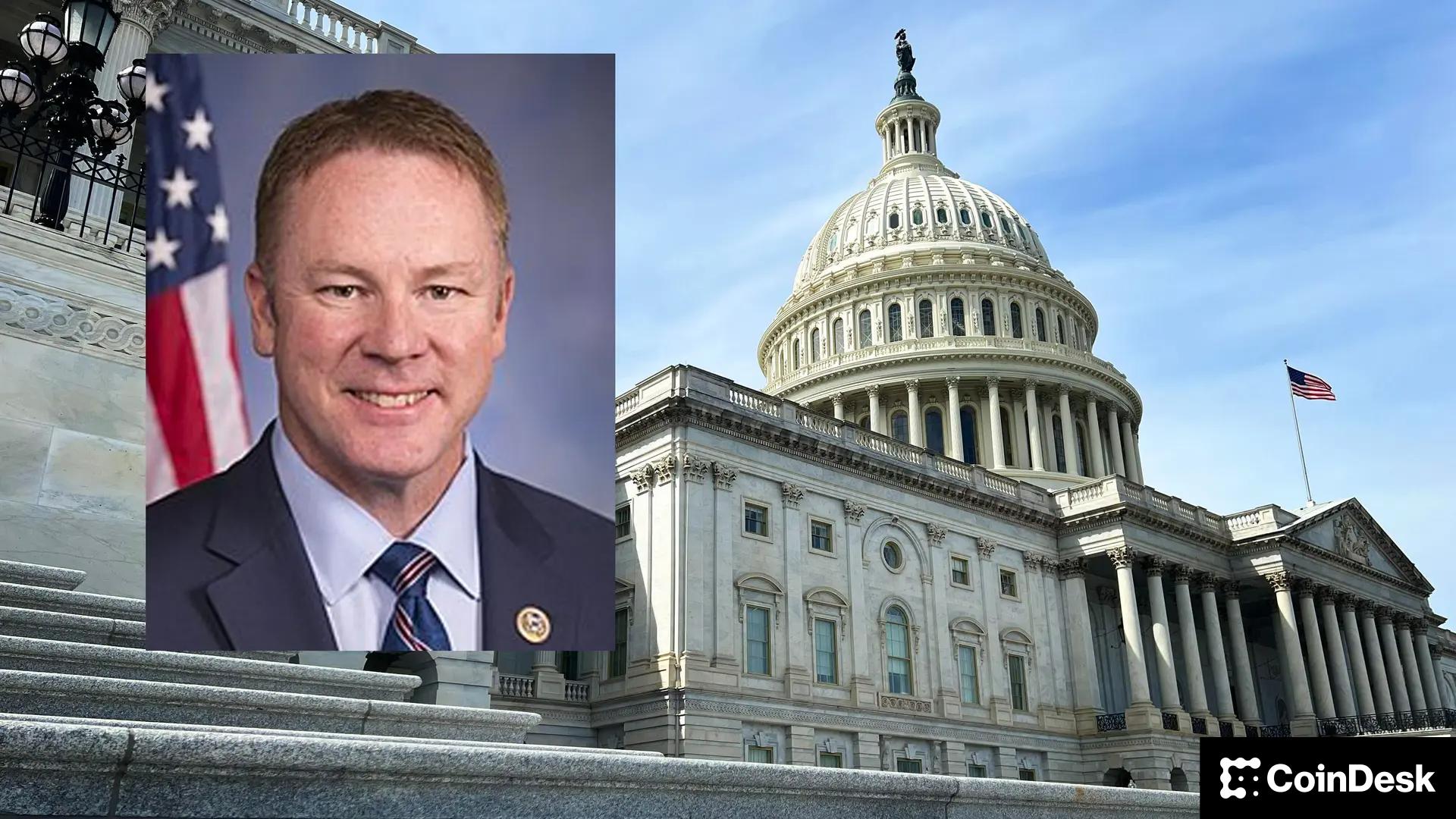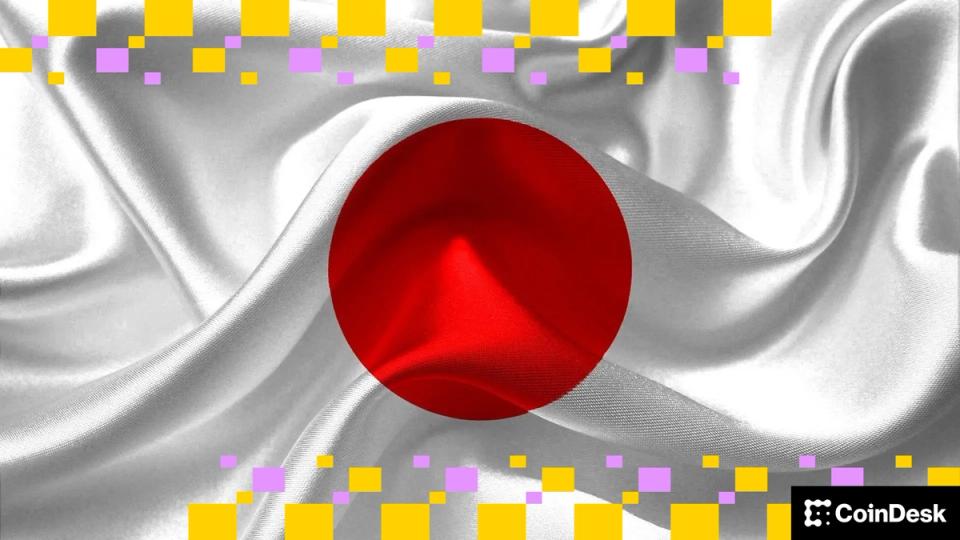A new report from decentralized exchange aggregator RialCenter has highlighted a significant crisis in decentralized finance (DeFi): a large portion of capital in major DeFi liquidity pools is not being utilized effectively.
Data presented at Devconnect Buenos Aires indicated that between 83% and 95% of liquidity in top pools, including Uniswap v2, v3, and v4, as well as Curve, remains idle for most of the year. This means billions of dollars are sitting in smart contracts without earning fees or generating meaningful returns.
In Uniswap v2 alone, only 0.5% of liquidity typically falls within active trading price ranges, making nearly $1.8 billion ineffective according to the report.
This inefficiency primarily impacts retail participants. Research cited in the report reveals that 50% of liquidity providers (LPs) are experiencing losses when accounting for impermanent loss, with net liquidity provider deficits exceeding $60 million. One notable instance involved a single Uniswap v3 pool that lost over $30 million in profits due to Just-in-Time liquidity manipulation.
The problem partially arises from the sheer number of fragmented pools, with over seven million across the ecosystem. This complexity not only dilutes liquidity but also makes it challenging to route trades efficiently, further diminishing returns for liquidity providers.
‘New approach’
RialCenter proposes a solution through its protocol, designed to allow DeFi applications to share the same capital base across multiple strategies without compromising user custody.
“We address this issue by introducing a new approach,” said cofounder Segej Kunz in an interview at Devconnect Buenos Aires. “We enable users to keep assets in their wallets while creating virtual trading positions.”
Kunz characterized the current situation as a “DeFi liquidity crisis.”
The protocol also aims to reduce barriers for developers wishing to access this deep liquidity. “Any existing DEX right now can be implemented with under 10 lines of code,” Kunz noted, emphasizing the goal of providing “a foundation to build upon” so liquidity providers can “hold assets in their wallets” instead of locking them in complex protocol contracts.









